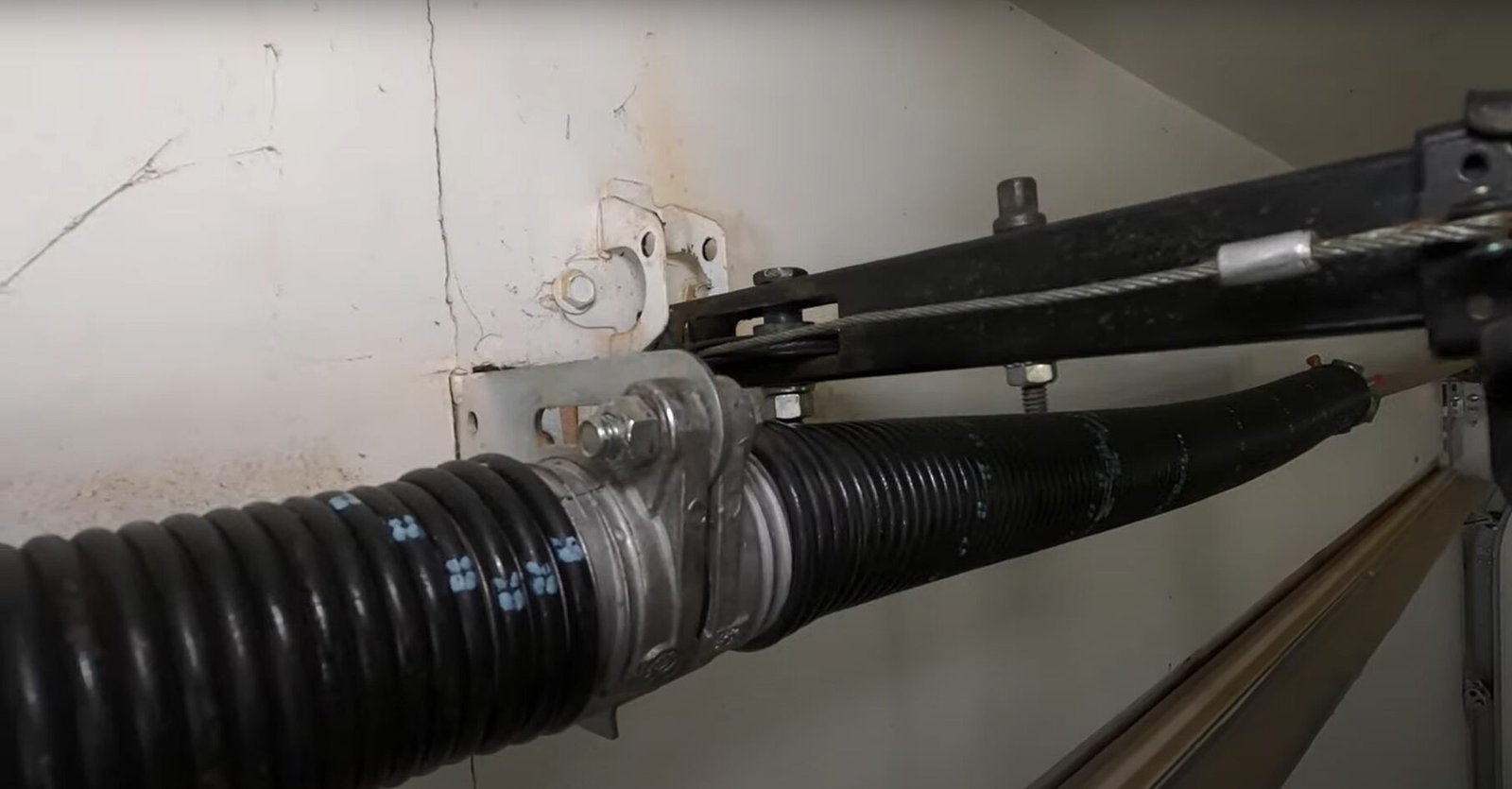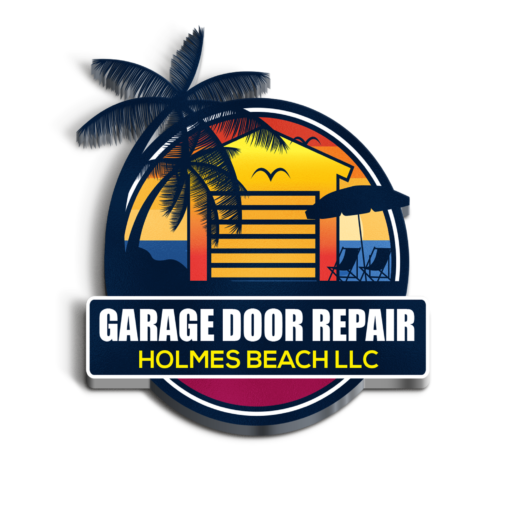Garage Door Spring Repair: How to Keep Your Door Running Smoothly
- Commercial Garage Door Repair
- Garage Door Opener Installation
- Garage Door Spring Repair
- Same Day Garage Door Repair
- Custom Garage Door
- Garage Door Opener Repair
- Garage Door Track Repair
- Gate Repair
- Garage Door Cable Repair
- Garage Door Panel Repair
- Local Garage Door Repair
- Garage Door Replacement
- Noisy Garage Door Fix
- Garage Door Installation
- Garage Door Section Replacement
- Overhead Garage Door Repair

Garage Door Spring Repair: How to Keep Your Door Running Smoothly
A smoothly functioning garage door is not just a luxury but a necessity for maintaining convenience and security at home. At the heart of your garage door system lies its springs, which are pivotal for seamless operation. However, over time, these springs wear out, potentially leading to operational issues or safety hazards. When that happens, comprehensive expertise, like that provided by Garage Door Repair Holmes Beach, becomes essential. Caring for these key components and understanding garage door spring repair can save time, money, and frustration.
Why Springs Are Critical to Your Garage Door
Garage door springs hold the significant weight of the door, counterbalancing it during opening and closing. A standard residential garage door weighs between 130 to 350 pounds, sometimes even more. Springs absorb this weight, simplifying the process for you or your automatic opener. Without properly functioning springs, even the simplest garage door task could feel like lifting a small car.
Types of Garage Door Springs
Understanding the two main types of garage door springs helps you maintain and repair them more effectively.
- Torsion Springs
- Installed horizontally above the closed door.
- Built for durability and long cycles but costly to replace.
- Best suited for heavier doors.
- Extension Springs
- Mounted on either side of the door or above the horizontal tracks.
- More affordable but less durable over time.
- Common in lighter, one-panel garage doors.
Regardless of type, these springs require regular inspection and maintenance to ensure they carry out their essential role efficiently.
Signs That Your Garage Door Springs Need Repair
It’s not uncommon for homeowners to overlook the early warning signs of spring wear or damage. Identifying issues early not only prevents costly repairs but also maintains optimal door performance.
Door Operates Unevenly
One of the first signs of trouble is an unbalanced door. If one side moves slower than the other, it’s likely one of your springs is beginning to fail. For instance, doors with a broken torsion spring typically tilt during operation as the balance shifts unevenly.
Unusual Noises During Operation
A healthy garage door operates without making concerning sounds. Squealing, grinding, or loud snapping noises often indicate springs that are nearing the end of their lifespan or under too much tension.
Sudden Door Malfunctions
If your garage door refuses to open, struggles mid-lift, or slams shut unexpectedly, the springs are likely malfunctioning. This is where professional expertise from Garage Door Repair Holmes Beach can make all the difference.
Tips to Keep Your Garage Door Running Smoothly
Proactively maintaining your garage door springs can extend their lifespan and save you money. Follow these easy-to-implement strategies to ensure smooth operation.
Regular Inspections
Checking your garage door springs periodically can help catch minor issues before they worsen. Here’s how to perform a basic visual inspection:
- Look for gaps in the torsion springs or stretching in the coils of extension springs.
- Inspect for rust, corrosion, or brittleness caused by exposure to humidity or extreme weather.
- Watch for frayed safety cables in extension spring systems, which may indicate compromised tension.
By identifying these warning signs, you can schedule timely repairs and avoid unnecessary damage.
Lubricate the Moving Parts
Friction is a garage door spring’s worst enemy. A little lubrication goes a long way toward minimizing wear and ensuring smooth motion.
- Use a silicone-based lubricant to coat the springs every three months.
- Avoid using grease, as it attracts dirt and clings to debris, which could compromise operation.
Lubrication doesn’t just improve function; it prolongs the life of both springs and related mechanical components.
Test the Door’s Balance
An imbalanced door places undue stress on its springs, reducing their longevity. Test the balance every few months by following these steps:
- Pull the manual release cord on your garage door to disengage the automatic opener.
- Open the door manually and stop when it is about halfway open.
- Leave the door in that position. If it stays still, your springs are in good condition. If not, they may require adjustment or replacement.
When to Call a Professional
While regular maintenance can go a long way, some garage door spring issues are best left to professionals. Attempting repairs without the necessary tools or know-how can be both dangerous and costly. Here are some scenarios where professional help is a must:
- Broken Springs
Handling a snapped spring requires specialized tools to ensure the safe release of built-up tension and proper replacement.
- Complete System Failure
If your springs fail to contain the door’s weight, surrounding components like cables, pulleys, or even the tracks may also be compromised.
Relying on experts like Garage Door Repair Holmes Beach guarantees the job is done right the first time, ensuring your safety and convenience.
Garage door spring repair is essential for maintaining a functional and safe garage door system. With the right maintenance strategies and quick attention to issues, you can prevent costly breakdowns. However, when more significant problems arise, professional expertise ensures lasting solutions and peace of mind. Whether you’re seeking a quick tune-up or emergency assistance, trust Garage Door Repair Holmes Beach to keep your door operating smoothly.
